As we quickly approach the end of the year, I decided to dedicate November to guitar players. Some of these will be familiar and some will not, but none will be who came first to mind when you think of guitar gods, well at least for most of you, those familiar with their work will know where I’m coming from.
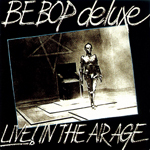
1. “Blazing Apostles (Live, De Montfort Hall, Leicester, 12 February 1977)” (“Live! In The Air Age” Be Bop Deluxe – 16-bit/44.1kHz – Qobuz) This was by far the hardest song to pick out for this list, for decades Bill Nelson was my favorite guitarist (over the last couple years I have realized that there are too many brilliant musicians out there to say one is the best), so there was no question that the first song would be a Bill Nelson song, and since Be Bop Deluxe represents his guitar days back in the ’70s before he became one of the seminal forces of the experimental electronica movement of the late ’70s and early ’80s that would lead to modern techno and EDM, it would have to be a Be Bop Deluxe song, and since “Live! In The Air Age” stands as my favorite Be Bop Deluxe album I knew it would one of those songs, but which song most represents the brilliance that is Bill Nelson. As fate would have it, Qobuz had a 2021 remaster of the album that contains five extra performances (6 CD’s in total). This all takes me back to their performance at the Shrine Auditorium I attended. As fate would have it, about halfway through the concert he broke a string and walked off stage while the band played a kind of improvised jazz number. When he came back out, the rest of the band left the stage and he performed a 20-minute solo similar to the one included in this version of “Blazing Apostles” so my decision was made. Now to answer the question you didn’t ask, “Why Bill Nelson?”, I’ll relate the story of how he learned to play guitar. Back in the dark ages of my youth there were turntables that had four different speeds, 16 2/3 RPM for voice recording, 33 1/3 RPM for LP records, 45 RPM for singles, and 78 RPM for the original Victrola recordings. Bill would pick up Chuck Berry albums and start 16 2/3 RPM to learn all of the licks, then speed up to 33 1/3 RPM to play them normally, he’d then speed it up to 45 RPM, and finally 78 RPM.

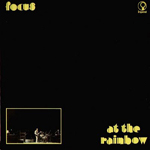
2. “Hocus Pocus (Extended Live), Sylvia, Hocus Pocus (Reprise Live)” (“Live At The Rainbow” – Focus – 16-bit/44.1kHz – Qobuz) Jan Akkerman grabs the number two slot because of form. Most lead guitarists play in triplets with the very best playing in quadruplets (having four fingers to work with), Jan Akkerman plays in seven note runs which puts him on a par with concert violinists and piano players in his ability to just do smooth runs of any length. “Hocus Pocus (Extended Live), Sylvia, Hocus Pocus (Reprise Live)” is a three song medley that hits upon both his blistering speed and his extreme expression.

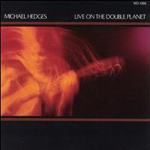
3. “All Along the Watchtower” (“Live On The Double Planet” – Michael Hedges – 16-bit/44.1kHz – Qobuz) Michael Hedges was in a class all by himself, while this song may not be fully representative of his unique style, it is my favorite version of the song. I would strongly recommend listening to the full album “Live On The Double Planet”


4. “Jesu, Joy Of Man’s Desiring (Album Version)” (“6- And 12-String Guitar” – Leo Kottke – 16-bit/44.1kHz – Qobuz) This song was my intro to classical guitar though Leo Kottke is considered a folk musician. “6- And 12-String Guitar” is 14 examples of some of the guitar picking you will ever hear and not to be missed.


5. “Musical Box” (“Genesis Live” – Genesis – 16-bit/44.1kHz – Qobuz) This song features four guitar parts with Micheal Rutherford playing 12 string guitar, bass, and bass pedal simultaneously, Tony Banks playing acoustic guitar and all keyboards, and of course the amazing Steve Hackett playing lead. Flute and incidental percussion along with vocals was Peter Gabriel, and Phil Collins played drums. In later years after Steve Hackett had left the band, when performing live, Micheal Rutherford would play guitar or bass depending on which was the most difficult, leaving the simpler parts for the touring guitarist.
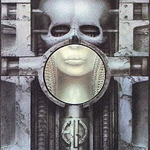
6. “Still. . . . You Turn Me On” (“Brain Salad Surgery” – Emerson, Lake & Palmer – 24-bit/96kHz – Qobuz) When one thinks of Emerson, Lake & Palmer one does not normally think “guitar band”, but Greg Lake not only wrote almost all of the band’s songs, he played all of the guitar parts, acoustic, bass, and electric, and this song features all three.

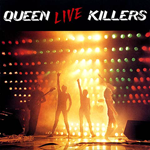
7. “Brighton Rock (Live)” (“Live Killers” – Queen – 16-bit/44.1kHz – Qobuz) While everybody is familiar with “Bohemian Rhapsody” many are not familiar with early Queen, in fact even the bio-pic tried to pretend it never happened. Nothing shows off James May’s unbelievable guitar work better than a live performance of “Brighton Rock”, though it lacks that magical blending of Roger Taylor’s vocal with Freddie Mercury’s, one might pass off James May’s guitar work as simple overdubbing if not heard live.

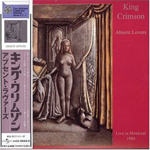
8. “Three Of A Perfect Pair (Live at The Spectrum, Montreal, Jul. 84)” (“Absent Lovers (Live in Montreal, 1984” – King Crimson – 16-bit/44.1kHz – Qobuz) Talking about musical ballets, there is no comparison to the interweaving of three virtuoso guitarists, Robert Fripp, Adrian Belew, and Tony Levin. Fripp and Belew polar opposites, Fripp the intricate perfectionist, Belew the Hendrix style anything to get the sound he wants, mediated by Levin’s constantly bending stick and bass was just a whole other world.


9. “Tribute To Muddy” (“Progressive Blues Experiment” – Johnny Winter – 24-bit/192kHz – Qobuz) Johnny Winter is my all-time favorite blues guitarist, he simply captured the art that is blues. I’ll admit that “Tribute To Muddy” was not my first choice, I was going to pick “Let It Bleed” as he captures the true essence of the song, but listening to my old favorites like “Still Alive And Well” and “Rock and Roll, Hoochie Koo”, I decided it was only appropriate to pick a song from his 1968 debut album, and one that was a tribute to the blues in itself.

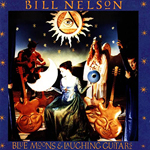
10. “The Dead We Wake With Upstairs Drums” (“Blue Moons And Laughing Guitars” – Bill Nelson – 16-bit/44.1kHz – Qobuz) I end this list with where I started, Bill Nelson. After ten years and twenty-five albums of electronica, Bill imagined a dream project where he went back to make a guitar album. He envisioned inviting a host of top guitar players like Steve Howe and Steve Hackett to play on the album, and wrote 15 guitar songs, which he then set down on 4-track tape in his home and immediately dropped the project in favor of other projects. Eventually, he decided to release that demo tape, which is fantastic despite the primitive way in which it was produced. So what better way to end this list than a rousing song of multiple guitar leads, performed by a single artist (including the drums)?
So until next month, remember it’s all about the music.
Reference System:
LSA VT-70 Tube Integrated Amp with Gold Lion KT88s, Audio-gd R2R-1 DAC, Black Dragon Cables, Core Power Technologies A/V Equi=Core 1000, Dan Clark Audio EXPANSE Headphones
Qobuz Playlist Link:

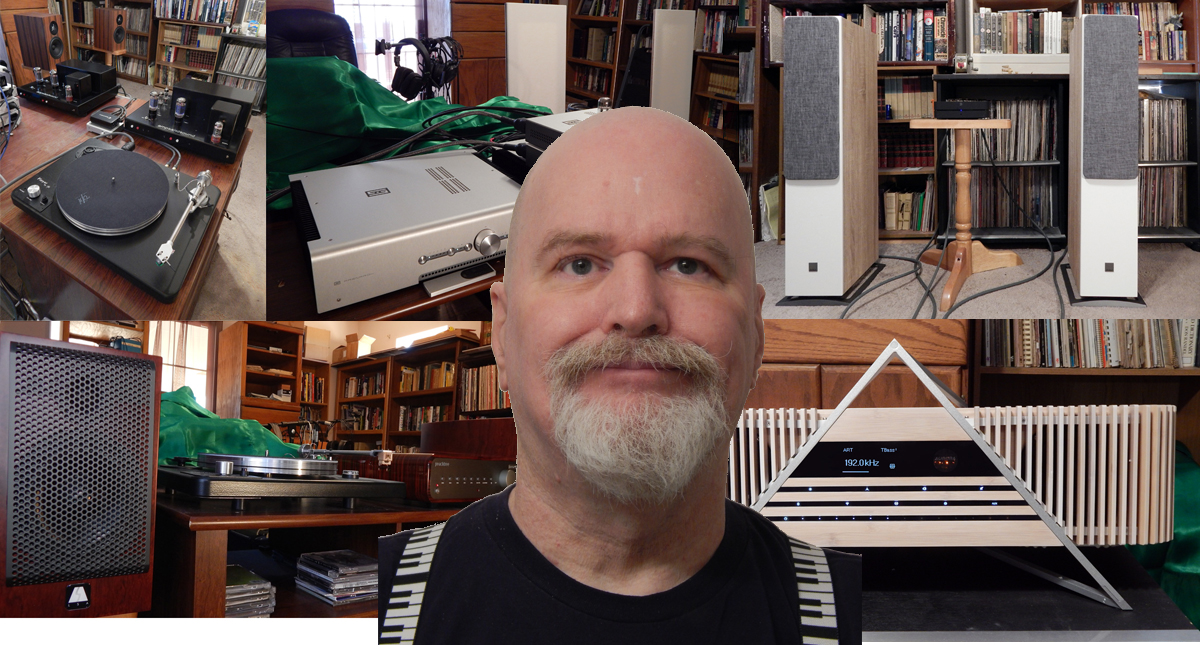






If you’re looking at using Qobuz as your primary source I can think of a couple options, the Schiit Yggdrasil (https://headphone.guru/a-day-at-the-schiitr-schiit-launches-three-flavors-of-yggy/) is one of the best pure PCM DACs out there, I recommend the “less is more” edition, and the M11 would be an excellent server if you want a DAP for those times when you are on the road, on the other hand, the Matrix Audio Element X2 Music Streamer (https://headphone.guru/matrix-audio-element-x2-music-streamer/) falls in your budget and is brilliant sounding as well as being a more user-friendly approach.
Hi Gary,
I’m enjoying your reviews.
What’s the best source for Qobuz via amp/speakers? A DAP, PC, Matrix Streamer or…
Many thanks,
Rex
Wow, that’s a really open question, it depends a lot on your budget and listening preferences, ideally, in my mind, you would start with the best DAC you could afford, and if that is a streaming DAC all the better, paired with a great amp and great loudspeakers. My personal choice is loudspeakers over headphones, but for reviews, headphones are more convenient which is why my reference system lists that. That is not to say the DAC should dominate your budget, while you can never improve upon your source, the differences in DACs represent the smallest increment of performance change. The most significant component in your system is the Loudspeaker or Headphone, then you need an Amp and Cable to match the Loudspeaker, with the remainder of you budget dedicated to your source. Streamers eliminate the need for a computer but generally add significantly to the cost of the DAC and often you can get a significantly better DAC for the money. Optimally, you would want a dedicated computer which you can get for about $400 or less stripped of all software and processes not absolutely necessary. Hope that answers you question.
I already have amp/speakers, should I get M11 DAP plus DAC, PC plus DAC or DAC Streamer. Budget <$5K? Cheers!